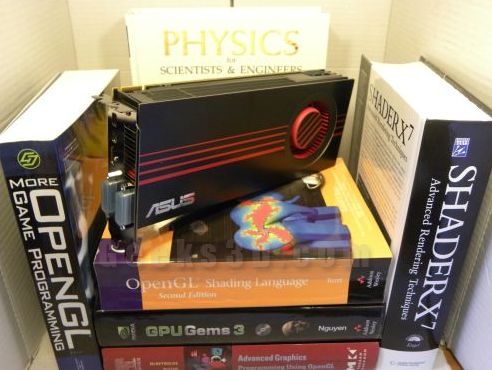
ASUS EAH6870 Review Index
- 1 – Meet with ASUS’s EAH6870
- 2 – ASUS EAH6870 features
- 3 – ASUS EAH6870 OpenGL performances
- 4 – ASUS EAH6870 Direct3D performances
- 5 – ASUS EAH6870 OpenCL performances
- 6 – ASUS EAH6870 DirectCompute performances
- 7 – ASUS EAH6870 Power consumption and temperatures
3 – ASUS EAH6870 OpenGL performances
Testbed:
– CPU: Core i7 960 @ 3.2GHz
– RAM: 4GB DDR3 Corsair Dominator
– Motherboard: GIGABYTE X58-A UD5
– Windows 7 64-bit
– PSU: Corsair AX1200
3.1 FurMark (OpenGL 2)
FurMark 1.8.2 has been used for the test. FurMark homepage is HERE.
Settings: 1920×1080 fullscreen, no AA, 60sec, Xtreme mode UNCHECKED.
Rule: The higher the number of points, the faster the card is.
| 6470 points – EVGA GeForce GTX 480 (R256.96) |
| 5420 points – ATI Radeon HD 5870 (Cat 10.7) |
| 5161 points – MSI GeForce GTX 470 (R256.96) |
| 4410 points (Avg FPS: 74) – ASUS EAH6870 (Cat 10.10c) |
| 3884 points – MSI N460GTX Cyclone 768D5 OC (R258.96) |
| 2772 points – MSI R5770 Hawk (Cat 10.7) |
3.2 TessMark (OpenGL 4)
Hardware tessellation is one of the big features of Direct3D 11 and OpenGL 4 capable graphics cards. TessMark is a new benchmark focused only on the tessellation engine of DX11 class cards. It’s a pure tessellation benchmark, it does not contain complex shader or other heavy texture fetches. TessMark shows an overview of the tessellation engine raw power, that’s all. DX11 specifies that the tessellation factor can vary from 1.0 up tp 64.0. Of course, for tessellation factors like 32 or 64, most of the tessellated triangles are smaller than… a pixel. In those cases, tessellation is useless and in a real world application such as a game, high tessellation factors won’t be used. But in the case of a synthetic benchmark, it’s always instructive to see how cards can handle the whole range of tessellation level.
TessMark 0.2.2 has been used for the test.
Settings: 1920×1080 fullscreen, no AA, 60sec, map set 1.
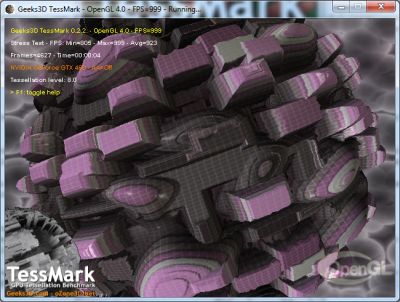
Rule: The higher the number of points, the faster the card is.
Tessellation factor 8.0: moderate
| 48084 – EVGA GeForce GTX 480 (R256.96) |
| 38191 – MSI GeForce GTX 470 (R256.96) |
| 30512 – MSI N460GTX Cyclone 768D5 OC (R258.96) |
| 26223 – ASUS EAH6870 (Cat 10.10) |
| 24161 (403FPS) – ATI Radeon HD 5870 (Cat 10.10) |
| 20745 – MSI R5770 Hawk (Cat 10.7) |
Tessellation factor 16.0: normal
| 29196 – EVGA GeForce GTX 480 (R256.96) |
| 23316 – MSI GeForce GTX 470 (R256.96) |
| 17452 – MSI N460GTX Cyclone 768D5 OC (R258.96) |
| 8555 – ASUS EAH6870 (Cat 10.10) |
| 8018 (134FPS) – ATI Radeon HD 5870 (Cat 10.10) |
| 7669 – MSI R5770 Hawk (Cat 10.7) |
Tessellation factor 32.0: extreme
| 13008 – EVGA GeForce GTX 480 (R256.96) |
| 9997 – MSI GeForce GTX 470 (R256.96) |
| 6729 – MSI N460GTX Cyclone 768D5 OC (R258.96) |
| 2299 – ASUS EAH6870 (Cat 10.10) |
| 2156 (36FPS) – ATI Radeon HD 5870 (Cat 10.10) |
| 2159 – MSI R5770 Hawk (Cat 10.7) |
Tessellation factor 64.0: insane
| 3963 – EVGA GeForce GTX 480 (R256.96) |
| 3169 – MSI GeForce GTX 470 (R256.96) |
| 1959 – MSI N460GTX Cyclone 768D5 OC (R258.96) |
| 585 – ASUS EAH6870 (Cat 10.10) |
| 565 – MSI R5770 Hawk (Cat 10.7) |
| 550 (10FPS) – ATI Radeon HD 5870 (Cat 10.10) |
3.3 ShaderToyMark (OpenGL 2)
ShaderToyMark 0.1.0 is an OpenGL 2 benchmark, developed with GeeXLab, and focused on pixel shaders only. The pixel shaders are heavily based on math (few texture fetches) and then ShaderToyMark can be seen as a kind of GPU computing benchmark.
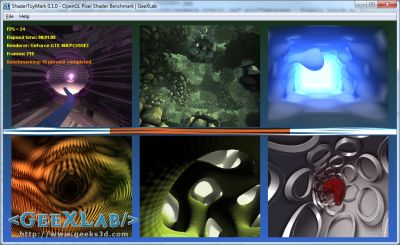
Settings: 960×540 windowed, no AA, 60sec
| 263 points (43 FPS) – GeForce GTX 480 (R258.96) |
| 189 points (31 FPS) – ATI Radeon HD 5870 (Cat 10.8) |
| 184 points (30 FPS) – ASUS EAH6870 (Cat 10.10) |
| 156 points (26 FPS) – MSI N460GTX Cyclone (R258.96) |
| 104 points (17 FPS) – MSI R5770 Hawk (Cat 10.8) |
| 46 points (7 FPS) – GeForce 9800 GTX |
| 33 points (5 FPS) – GeForce GTX 260 (R258.96) |
3.4 Mountains demo (OpenGL 4)
Mountains demo is an OpenGL 4 demo that shows hierarchical-Z map based occlusion culling in action.
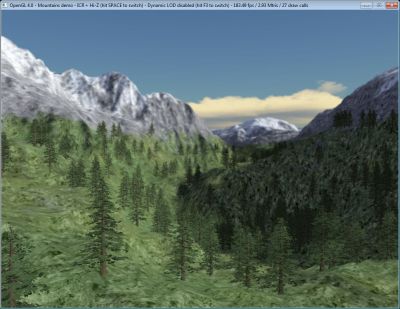
Settings: default window size: 1024×768, ICR enabled (Instance Cloud Reduction), Hi-Z enabled and dynamic LOD enabled.
| 568 FPS – EVGA GTX 480 |
| 350 FPS – MSI N460GTX Cyclone 768D5 |
| 255 FPS – ASUS EAH6870 |
| 231 FPS – Radeon HD 5870 |
| 220 FPS – MSI R5770 Hawk |
3.4 Unigine Heaven (OpenGL 4)
For this last OpenGL test, I used Ungine Heaven 2.1, one of the standard Direct3D / OpenGL synthetic benchmarks.
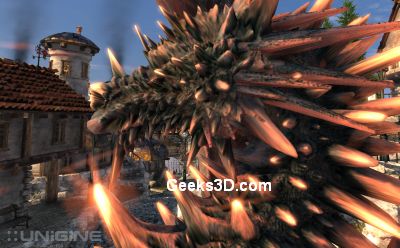
Settings: 1920×1080 fullscreen, OpenGL rendering, tessellation: normal, shaders: high, AA: 4X, 16X anisotropic filtering.
| 38.7 FPS, Scores: 974 – EVGA GeForce GTX 480 (R256.96) |
| 24.5 FPS, Scores: 617 – MSI N460GTX Cyclone 768D5 (R260.89) |
| 15.9 FPS, Scores: 400 – ATI Radeon HD 5870 (Cat 10.7) |
| 13.6 FPS, Scores: 342 – ASUS EAH6870 (Cat 10.10) |
| 9 FPS, Scores: 227 – MSI R5770 Hawk (Cat 10.10) |
ASUS EAH6870 Review Index
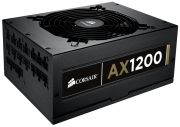
Why everyone wants to show AMD a fall in their performance ,tessellation is not the only thing that needs to be tested , they should also test the games ,and real world performances.It will take some time for tessellation to play a major part in games , till then AMD can release a new architecture GPU .